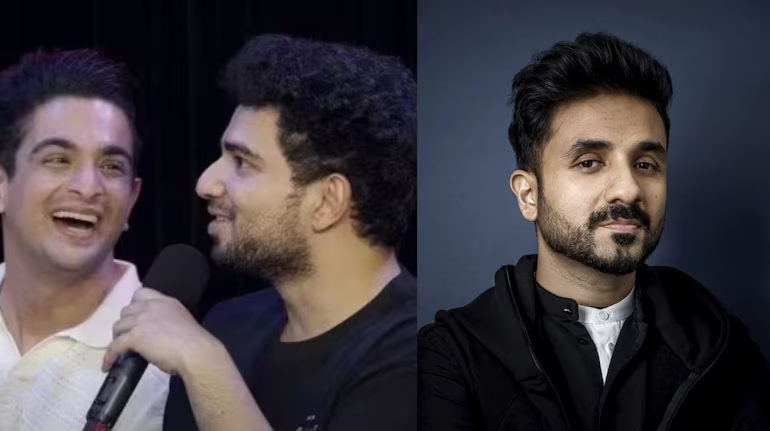Days after being shot nine times by police in Pocatello, Idaho, Victor Perez, a 17-year-old nonverbal autistic kid, passed away after being removed from life support, according to the Associated Press. On April 5, officers were called to his house and discovered the teenager in a fenced-in yard, brandishing a knife. Within seconds of their arrival, cops opened fire on the adolescent despite the fence separating them, and they seemed to do nothing to defuse the situation.
After that, Perez, who also had cerebral palsy, was sent in critical condition to the hospital. Due to the extent of his injuries, doctors had to amputate one of his legs and extract nine bullets from his body. Later, he slid into
What has happened?
When police in Pocatello, Idaho, received a 911 call, they learned that a drunk man brandishing a knife was pursuing a person in a yard. The man was none other than Perez, who, because of his infirmities, walked with a staggered pace. Before the authorities came, members of his family had been attempting to remove the huge kitchen knife from him.
When four cops came, Perez had fallen over and was lying in his yard, according to a neighbor’s video of the incident. They hurried over to him and told him to put down the knife. Unable to comprehend their orders, Perez rose slowly and staggered in their direction. Officers started shooting at him at that point.
According to The Associated Press, his aunt Ana Vazquez stated, “Everyone was trying to tell the police, no, no.” The four officers showed no concern. They did not inquire about the circumstances or what was going on,” he said, “and how is he going to jump the fence when he can hardly walk?”
Officers placed on administrative leave
Administrative leave has been imposed on all four of the cops who were involved in the incident. A decision on possible charges will be made after the Eastern Idaho Critical Incident Team completes its investigation.
“Said report will be reviewed by an agency outside of Bannock County to ensure independent and objective consideration,” Bannock County Prosecutor Ian Johnson told the AP.
GoFundMe campaign for Perez
His family launched a Justice for Victor Perez GoFundMe page. The campaign claims that Perez is a teen with autism who also has mental health problems. It went on to say that “a neighbor called the police to de-escalate the situation, and four members of the Pocatello PD arrived on the scene and within 30 seconds had shot him.” “He is physically disabled and unable to walk well, and his sister was struggling to help him stand up off the ground in their front yard,” the statement continued.
One person who donated $30 said, “I have an adult son with autism,” in response to the US police shooting of the teenager. He may have been the one. This is unacceptable! In order to interact with people who have mental illness, autism, or any other disorder that is beyond their control, police officers must be properly taught and equipped. I am so sorry for your family’s loss. For his sister, who was attempting to assist her brother and had to witness this unjust tragedy. It breaks my heart for all of you!
“I sincerely apologize for your loss. As a mother of three autistic children, I share your grief. This was not supposed to occur. Another person who gave $25 to the charity remarked, “My heart goes out to you all.”
The third person who donated $100 wrote on social media, “I have been thinking about your family all week.” What a disaster. I am praying for peace and better police training for your family. Victor, may you rest in peace. You have an entire community of individuals who care about you and are rooting for you.
ASAN condemns police violence
The Autistic Self Advocacy Network (ASAN) released a statement saying, “Our hearts are with Victor’s family, community, and everyone who is reeling in the wake of this tragedy.”
It stated, “Pocatello’s police chief maintains that ‘the threat [to the police officers] was immediate’ and justified their shooting, despite the speed at which police opened fire and the fact that there was a barrier between them and Victor.”
“ASAN has long argued that police in the United States pose a threat to disabled people, particularly disabled people of color like Victor Perez, because of the culture of policing.” It trains police officers to use deadly force to seize control of any situation right away. People with disabilities could find it difficult to instantly comply with police demands. This case demonstrates how police can use lethal force even when there is a delay in following an order. The statement also said that police officers receiving autism-specific training are not the answer because “there have been cases where police who have been through autism-specific trainings still went on to shoot and kill autistic people.” “Too often, police see any person acting unusually as a danger to them and the public,” the statement continued.









